Growing Adoption of Telemedicine
The rise of telemedicine is reshaping the landscape of healthcare delivery and is a notable driver in the Medical Simulation Market. As telehealth services become more prevalent, there is a corresponding need for training healthcare professionals in remote patient management and virtual consultations. Simulation technologies can effectively prepare practitioners for these new modalities, ensuring they are equipped to deliver quality care in a digital environment. The telemedicine market is projected to reach 459.8 billion by 2030, indicating a substantial shift in healthcare practices. This transition necessitates the integration of simulation training to familiarize professionals with telehealth tools and techniques, thereby enhancing the overall effectiveness of the Medical Simulation Market.
Increased Focus on Patient Safety
The heightened emphasis on patient safety is a critical driver in the Medical Simulation Market. Healthcare organizations are increasingly prioritizing safety protocols to reduce medical errors and improve patient outcomes. Simulation training allows healthcare professionals to practice emergency procedures and critical care scenarios without jeopardizing patient safety. This focus is underscored by studies indicating that simulation-based training can reduce errors by up to 50%. As regulatory bodies and accreditation organizations advocate for improved training standards, the demand for simulation-based education is expected to rise. Consequently, healthcare institutions are investing in simulation technologies to enhance their training programs, thereby fostering growth in the Medical Simulation Market.
Advancements in Simulation Technology
Technological advancements are significantly influencing the Medical Simulation Market. Innovations such as virtual reality (VR), augmented reality (AR), and artificial intelligence (AI) are transforming traditional training methods. For instance, VR simulations provide immersive experiences that enhance learning and retention. The integration of AI allows for personalized training experiences, adapting to the learner's pace and skill level. According to recent data, the market for VR in healthcare is projected to grow at a compound annual growth rate of 30% through 2026. These advancements not only improve the quality of training but also increase the accessibility of simulation-based education. As technology continues to evolve, the Medical Simulation Market is likely to expand, offering more sophisticated and effective training solutions.
Regulatory and Accreditation Requirements
Regulatory and accreditation requirements are increasingly influencing the Medical Simulation Market. Healthcare institutions are mandated to adhere to specific training standards to ensure the competency of their staff. Simulation-based training is often a key component in meeting these standards, as it provides a structured and measurable approach to skill development. Organizations such as the Accreditation Council for Graduate Medical Education emphasize the importance of simulation in residency training programs. As these requirements become more stringent, healthcare providers are likely to invest more in simulation technologies to comply with regulations and improve training outcomes. This trend is expected to drive growth in the Medical Simulation Market, as institutions seek to enhance their educational offerings.
Rising Demand for Healthcare Professionals
The increasing demand for healthcare professionals is a pivotal driver in the Medical Simulation Market. As populations age and chronic diseases become more prevalent, the need for skilled healthcare workers intensifies. This demand is reflected in the projected growth of the healthcare workforce, which is expected to reach 18 million by 2030. Medical simulation serves as a crucial tool in training these professionals, allowing them to practice and refine their skills in a risk-free environment. The ability to simulate real-life scenarios enhances learning outcomes and prepares healthcare workers for the complexities of patient care. Consequently, educational institutions and healthcare organizations are investing in simulation technologies to meet this growing demand, thereby propelling the Medical Simulation Market forward.



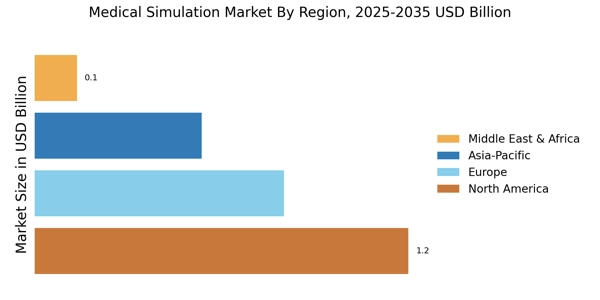
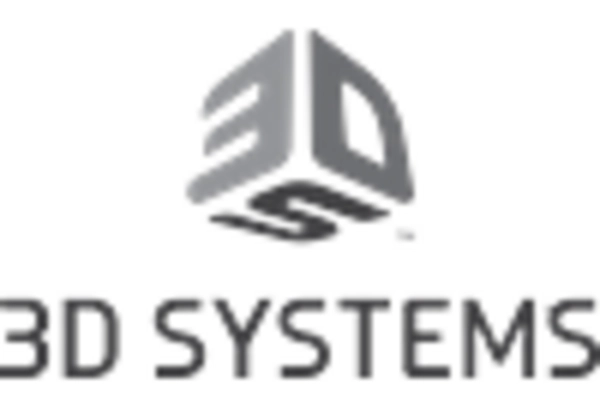
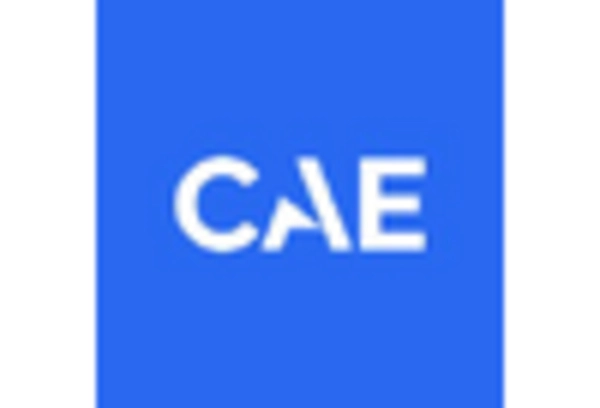
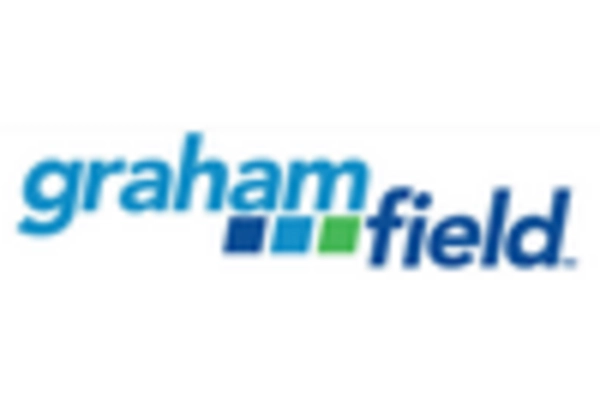
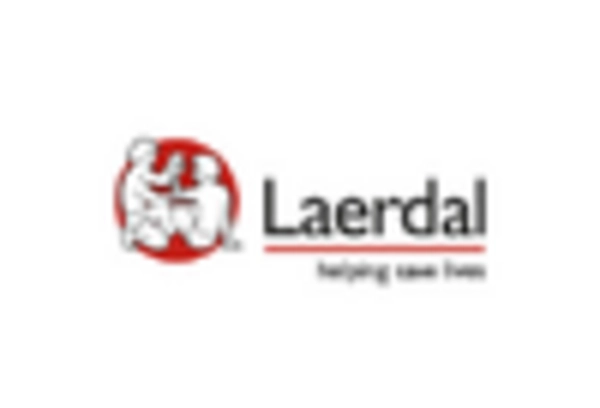

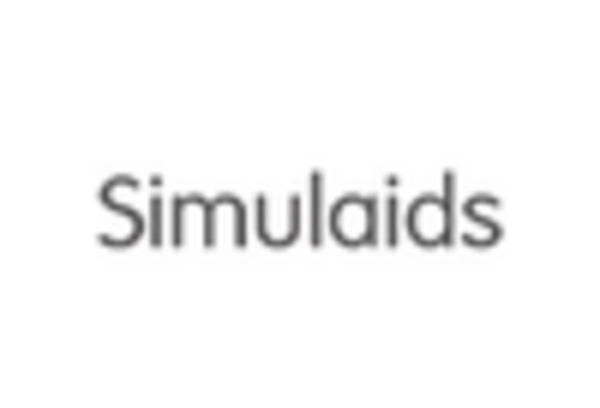








Leave a Comment